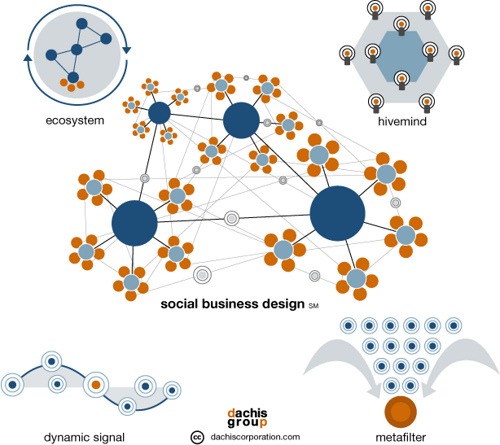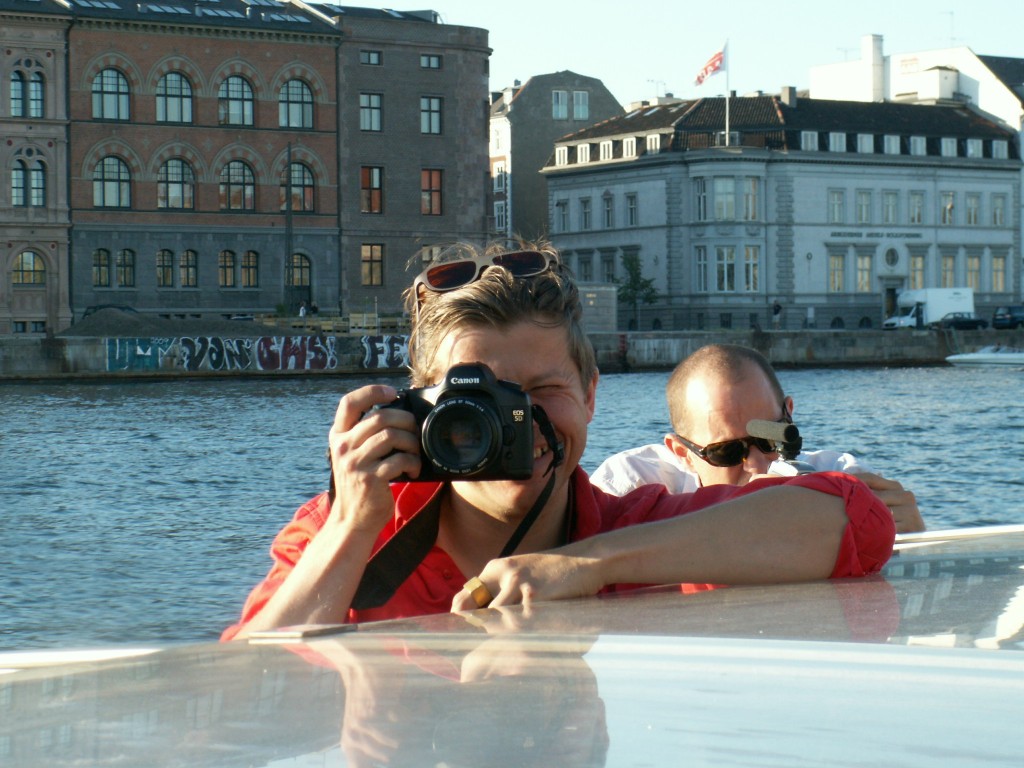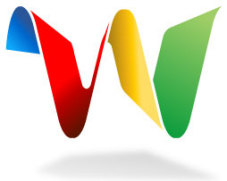
Der Jam, der in englischer Sprache stattfindet, behandelt vier Themenstränge:
– „Lotus knows, dass Marketing Schlüssel dazu ist, dass Technologie auch eingeführt wird …“ – “Lotus knows marketing is key to technology adoption…” – Wir wollen Ihre Ideen, wie wir grössere Aufmerksamkeit für unsere Lotus-Angebote erreichen können und wir unsere Nachricht besser im markt bekannt machen, ein Thema, dass mich persönlich natürlich besonders interessiert. – „Lotus knows, dass Technologie nur dann erfolgreich ist, wenn Kunden damit erfolgreich sind“ – “Lotus knows technology is only great with client success…” – Sprechen Sie mit uns darüber, wie Sie Lotus-Technologien erfolgreich einsetzen, wie Sie die Produkte eingeführt haben, wie Sie Ihre Mitarbeiter trainiert haben und so weiter. * „Lotus knows, dass die Welt kleiner, enger und schmaler wird“ – “Lotus knows the world is getting smaller, flatter and smarter…” Wir leben verstärkt in einer globalen Ökonomie. Hier wollen wir Ideen sammeln, wie Anwender rund um die Welt von Lotus-Angeboten profitieren und profitieren können.
– „Lotus knows, dass smarter arbeiten erstklassige Technologien benötigt …“ – “Lotus knows working smarter depends on great technology…” – Wir reden über coole Funktionen der Lotus-Technologie, ohne die Sie nicht leben können oder die nicht bekannt genug sind. Und falls Sie Ideen haben, was noch cool sein könnte …
Interessante Initiative – wenn es gelingt deutlich zu machen dass Lotus mehr zu bieten hat als Mail und Kalender hat es sich gelohnt. Und es ist sympathisch dass die Botschaft nicht als “klassische Marketingkampagne” und im Gießkannenprinzip, sondern in den interaktiveren Social Media Kanälen gepflegt werden soll:
“IBM wird auf vielfältigen [Kommunikationskanälen] mit Endanwendern kommunizieren, die Trends setzen, Entscheidungen im Bereich Collaboration, Gestaltung des Tools am Arbeitsplatz beeinflussen und Vordenker in der Nutzung neuer Technologien sind.”
Da fühle ich mich auch angesprochen – habe mich registriert und bin gespannt auf den Innovation Jam nächste Woche.


 Why is Google Wave important? Well,
Why is Google Wave important? Well,  Tomorrow and the day after I will be in Düsseldorf for the 2009 DNUG (german Notes user association) conference – this time the topic is „The Innovative Enterprise – Generating Value in a Smarter World“ (yes, we’re
Tomorrow and the day after I will be in Düsseldorf for the 2009 DNUG (german Notes user association) conference – this time the topic is „The Innovative Enterprise – Generating Value in a Smarter World“ (yes, we’re